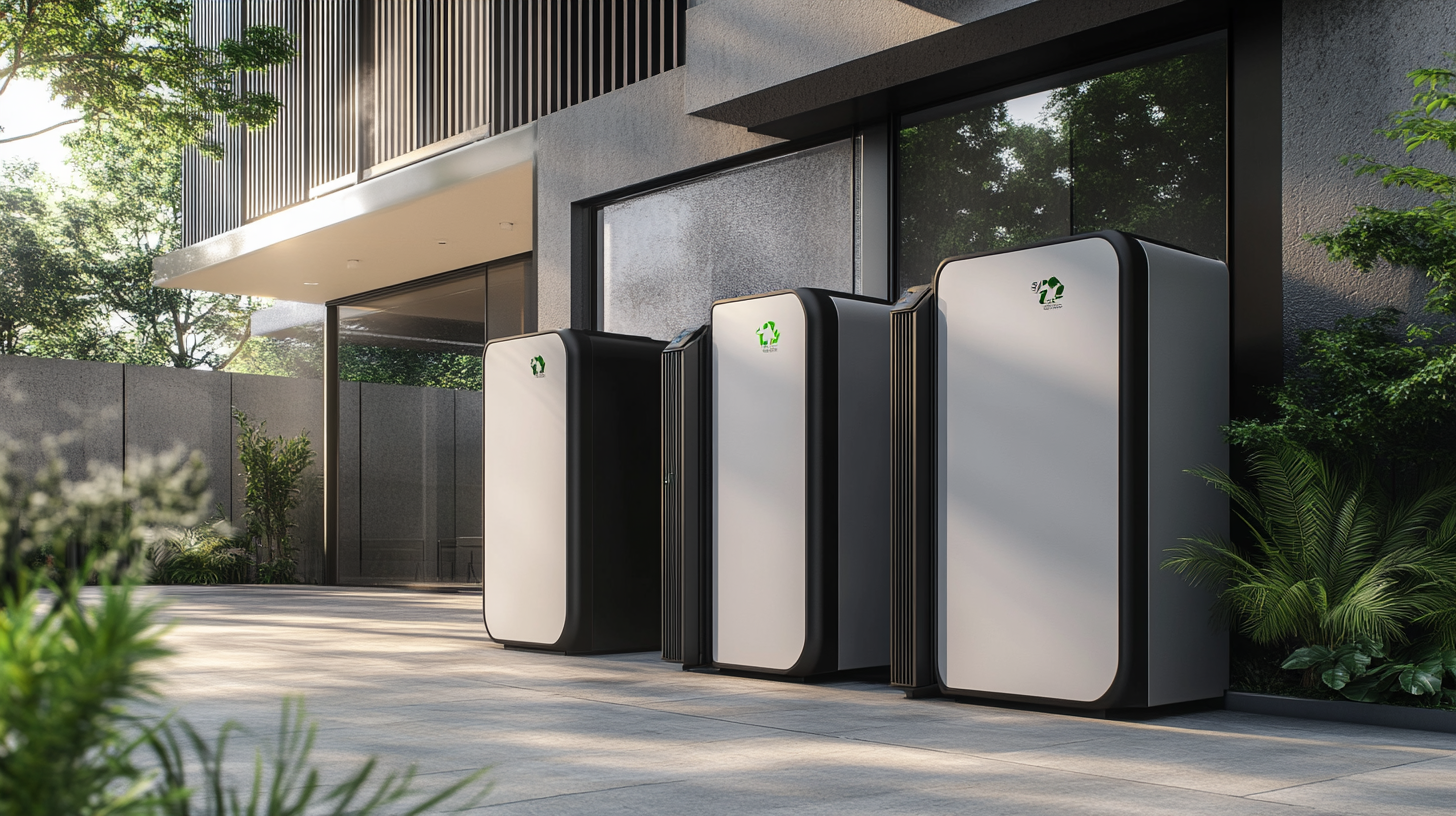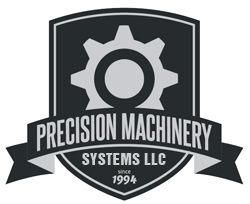Exploring Unique Options for Efficient Waste Management with Vertical Trash Compactors
As urbanization accelerates and populations swell, efficient waste management has become a critical concern for municipalities and businesses alike. According to a report by the World Bank, global waste is projected to increase by 70% by 2050, emphasizing the urgent need for innovative waste management solutions. Amidst this challenge, Vertical Trash Compactors have emerged as a practical and effective option, allowing for reduced space usage and minimized hauling costs. These compactors not only decrease the volume of waste but also enhance operational efficiency in urban areas where space is at a premium.
Vertical Trash Compactors cater to various sectors, including retail, apartments, and industrial waste facilities, underscoring their versatility. With the added pressure of regulatory compliance and sustainability goals, more organizations are recognizing the benefits of adopting advanced waste management technologies. Research shows that using a Vertical Trash Compactor can increase efficiency by up to 80%, making it a pivotal tool in reducing waste footprint. This blog will explore the unique options and advantages that Vertical Trash Compactors offer, showcasing how they can significantly improve waste management practices in today’s fast-paced environment.

Understanding the Basics of Vertical Trash Compactors and Their Functionality
Vertical trash compactors are an innovative solution designed to optimize waste management processes, particularly in commercial and industrial settings. Unlike traditional horizontal compactors, vertical compactors work by compressing waste vertically, reducing its volume substantially. According to a report by the Waste Management and Recycling Association, these systems can decrease waste volume by up to 75%, which can lead to significant cost savings on waste disposal and transportation. The functionality of vertical trash compactors is straightforward yet highly effective. They operate using a hydraulic mechanism that applies pressure to the waste, compacting it into a manageable size. The compacted waste is then contained within a steel container, which not only minimizes the frequency of pickups but also maximizes the efficient use of space. Studies show that facilities using vertical compactors experience a reduction in the number of trips required for waste collection, ultimately leading to enhanced operational efficiency and reduced carbon emissions. In terms of versatility, vertical compactors can handle various types of waste, from general refuse to recyclable materials. The Environmental Protection Agency reports that about 35% of waste generated in the United States is recyclable, indicating that increasing recycling rates is crucial for more sustainable waste management. By integrating vertical trash compactors into their waste management systems, businesses can contribute to this goal while also benefiting from lower disposal costs and improved cleanliness. Moreover, these compactors can easily fit into limited spaces, making them ideal for urban environments where space is a premium.

The Advantages of Using Vertical Compacting Systems in Waste Management
In the realm of waste management, the adoption of vertical compacting systems offers numerous advantages that enhance efficiency and sustainability. Vertical trash compactors utilize a powerful mechanism that compresses waste, significantly reducing its volume. This space-saving technology allows businesses to optimize their waste management processes, ensuring that they can handle larger quantities of waste without the need for frequent pickups. As space becomes increasingly precious in urban environments, the ability to condense waste effectively can lead to significant cost savings and better resource utilization.
Moreover, these compactors contribute to a cleaner and safer environment. By reducing the volume of waste, they minimize the risk of overflow and unpleasant odors, creating a more pleasant atmosphere for both employees and customers. The streamlined design of vertical compactors also encourages proper waste segregation, as they often come equipped with separate compartments for recyclables and general waste. This feature not only aids in compliance with environmental regulations but also promotes a culture of sustainability within organizations.
As we explore innovative solutions for waste management, the integration of vertical compacting systems stands out as a forward-thinking approach. By investing in such technologies, businesses can not only improve operational efficiency but also play a crucial role in addressing the growing challenges of waste disposal and environmental conservation. The future of waste management lies in these unique, compact solutions that harmonize practicality with ecological responsibility.

Innovative Features of Vertical Trash Compactors for Enhanced Efficiency
Vertical trash compactors are revolutionizing waste management by incorporating innovative features that enhance efficiency and streamline operations. Unlike traditional compactors, vertical variants utilize a compact footprint, making them ideal for urban environments where space is at a premium. Their design not only optimizes vertical space but also allows for more effective compaction, reducing the frequency of waste pickup and subsequent transportation costs. This efficiency is especially beneficial in high-traffic areas, where minimizing waste management disruptions is crucial.
Moreover, many vertical trash compactors come equipped with smart technology that monitors waste levels and compaction progress in real-time. Such features empower businesses to manage their waste more effectively, adjusting collections based on actual needs rather than estimated schedules. This not only cuts down on operational costs but also plays a significant role in promoting sustainability by reducing unnecessary vehicle emissions from collection trucks. Enhanced sensor systems and connectivity options further facilitate maintenance, allowing for predictive alerts when servicing is required—leading to reduced downtime and operational disruptions.
Incorporating robust safety and user-friendly interfaces, these compactors help ensure that waste management personnel operate efficiently without compromising safety. Elevating traditional waste compaction techniques, vertical trash compactors represent a forward-thinking approach to tackling one of urban living's most pressing challenges—waste management—while setting the stage for even more innovations in the industry.

Environmental Benefits and Sustainability of Vertical Waste Management Solutions
Vertical waste management solutions, particularly vertical trash compactors, are garnering attention for their significant environmental benefits and sustainability. These innovative systems are designed to optimize space and reduce the frequency of trash collection, which is a crucial factor in minimizing carbon footprints. By compressing waste vertically, businesses can store more refuse in a smaller area, leading to less frequent pickups, reduced fuel consumption, and lower greenhouse gas emissions associated with transportation.
Moreover, vertical trash compactors contribute to more efficient waste segregation, an essential aspect of sustainable waste management. By compressing different waste types—such as recyclables, organic matter, and non-recyclables—these systems enable businesses to streamline their waste disposal processes. This facilitates higher recycling rates, leading to fewer materials ending up in landfills. The ability to enhance recycling efforts not only benefits the environment by conserving resources but also promotes a circular economy, where materials are reused and repurposed rather than discarded.
In addition to their operational efficiencies, vertical trash compactors are designed with sustainability in mind. Many models are built with eco-friendly materials and require less energy to operate than traditional waste management systems. By integrating these solutions, businesses can take a proactive approach to waste management, aligning their practices with global sustainability targets and demonstrating their commitment to protecting the environment. As the world shifts toward more sustainable practices, vertical waste management solutions stand out as a vital tool for addressing the challenges of modern waste disposal.
Real-World Applications: Success Stories of Vertical Trash Compactors in Various Industries
The implementation of vertical trash compactors has revolutionized waste management across various industries, addressing several pressing challenges. With the increasing urgency surrounding waste disposal, especially in urban areas where garbage incineration capacities are being overrun, companies are seeking innovative solutions to streamline their operations. According to the latest data, China currently faces a severe overcapacity in garbage incineration, with over 1,010 plants nationwide. This situation is prompting an intense competition among companies for waste management, often referred to as a “garbage grab” battle.
Vertical trash compactors offer a practical solution by reducing the volume of waste while also facilitating recycling efforts. Their efficiency in compacting waste can significantly decrease the need for frequent waste disposal, thereby mitigating the pressure on existing incineration facilities. Industries, including textiles and electronics, are beginning to harness this technology to enhance their waste management practices. For instance, textile companies have embraced recycling by using waste materials to create innovative products, reflecting a growing commitment to sustainability amid rising waste generation.
Furthermore, the integration of smart technology into waste management practices, such as those developed for digitalized garbage incineration, is paving the way for enhanced operational efficiency. A recent report highlights that these advancements have received recognition for being at the forefront of both national and international standards. As organizations adapt to the evolving landscape of waste management, vertical trash compactors are emerging as a cornerstone for effective waste reduction and resource recovery, ultimately leading to a more sustainable future.
